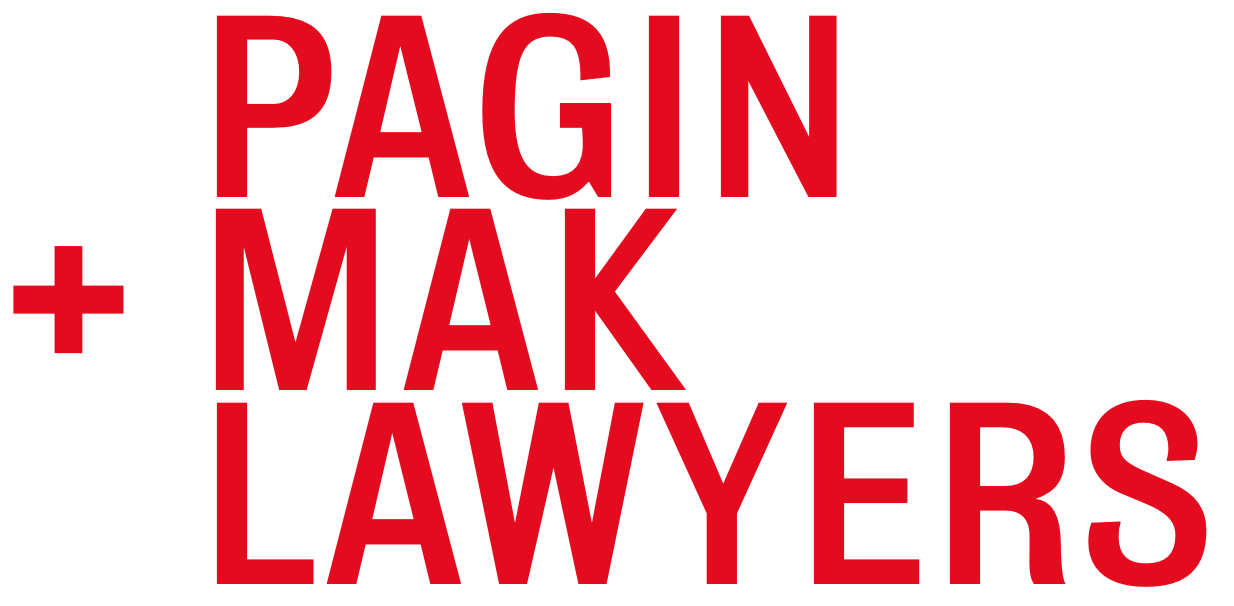Easement Disputes
We are experienced in easement disputes and can advise you on what to do next. Contact one of our Easement Dispute Lawyers for a consultation.
Easement disputes occur in a variety of ways. Sometimes these disputes arise when buying, selling or developing land. However, easement disputes can also arise many years after land has been bought or sold due to a neighbourhood dispute. Such disputes often involve a disagreement about vehicular, or pedestrian, access to and from a property. If you find yourself in a position where you are seeking an easement, or trying to prevent the imposition of an easement over your land, you should consider obtaining the services of an experienced easement dispute lawyer who can assist you through the process.
In New South Wales, the usual way for one party to obtain an easement over another’s land is through section 88K of the Conveyancing Act 1919 (NSW). The essential elements are, in summary, as follows:
1. that the easement is reasonably necessary for the effective use or development of the land that will have the benefit of the easement;
2. that the use of the land having the benefit of the easement will not be inconsistent with the public interest;
3. that the owner of the land to be burdened by the easement can be adequately compensated for any loss or other disadvantage that will arise from the imposition of the easement; and
4. that all reasonable attempts have been made by the party seeking the easement to obtain the easement, or an easement having the same effect, but these have been unsuccessful.
In Court proceedings, one of the main considerations tends to be whether the easement is reasonably necessary in the first place. Assessing this is not a ‘black and white’ task and has generated many cases on the matter. Satisfying the Court of this will usually require the provision of various expert reports, such as from a town planner or engineer.
Another important consideration for the Court is whether all reasonable attempts have been made to obtain the easement from the owner of the land. Whilst attempts can be made at any stage, this usually occurs in writing after a valuer has assessed the value of the easement.
Depending on the situation, there may also be other ways in which an easement could, potentially, be created. This includes:
1. where the easement is necessary to enjoy the subject property (an easement of necessity);
2. where the easement gives effect to the common intention of the parties to a grant of real property, with reference to the manner or purposes for which land was granted or some land retained by the grantor is to be used;
3. by implication under the doctrine of non-derogation from grant;
4. pursuant to the principles articulated in Wheeldon v Burrows (1879) 12 Ch D 31; and
5. pursuant to the doctrine of the lost modern grant.
The difficulties of obtaining an easement through the above mentioned methods is that many of them are now precluded in New South Wales, or likely precluded, by the doctrine of indefeasibility of title, which was created by the Real Property Act 1900 (NSW).
Disputes involving easements require an easement dispute lawyer familiar with the relevant legislation and the common law. Our lawyers have acted for many clients involved in easement disputes and have the experience and drive to help you resolve the dispute. Contact the team at Pagin + Mak Lawyers for a free initial phone consultation. We are more than happy to discuss any questions you may have and explain the process in greater detail.
Disclaimer:
The information above is intended as general information only and should not be relied on. You should discuss your individual situation with a lawyer.
Contact us to discuss your matter
Please fill out the below form and one of our lawyers will be in touch as soon as possible.
